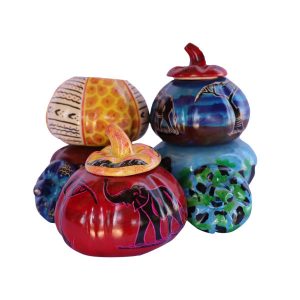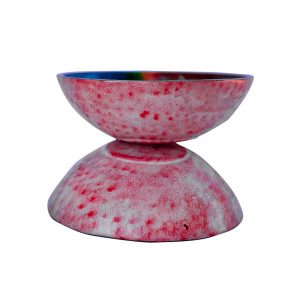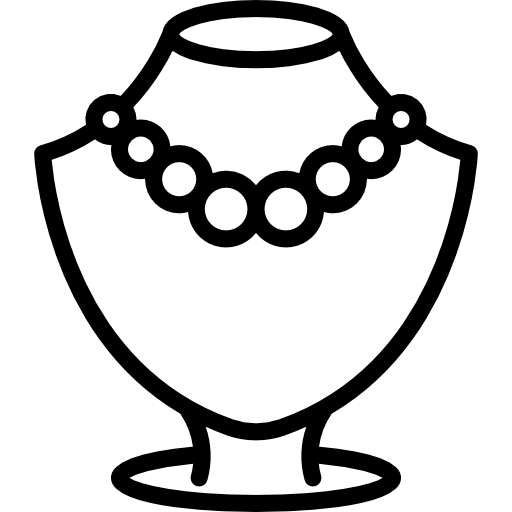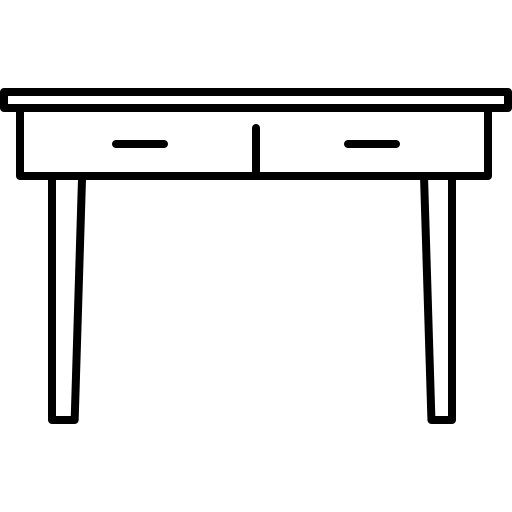
The abundance of the natural resource, largely deposited in the quarries of Tabaka Hills in Kisii influenced the development of the Kisii soapstone business which over the years has been the significant contributor to region’s economy.
The general understanding of Kisii soapstone is limited to social and economic aspects that touch on the livelihoods of the artisans and their communities. However, there is more to soapstone than meets the eye. Here are seven interesting facts about this rare gem.
- It is a soft rock
While the idea of rocks paints the picture of hard masses that require extreme human labor and high tech machinery to convert it into something meaningful, think of Kisii soapstone as an exception of all that.
The rock’s primary component is a talc, a mineral that gives it a soft feel and soap like texture. This property makes it possible for the soapstone to be easily curved into unique art ranging from sculptures, carvings, to kitchenware among many other products.
- The color range
Depending on the minerals present in the soapstone, its color could be anything from white, light cream, grey, pitch pink, red, lavender to black. The lighter the color the softer the soapstone and vice versa. Light cream/grayish soapstone is the most common in Tabaka Hills, in Kisii and is highly malleable; which makes it easy to be shaped. The black soapstone is the hardest and the rarest of its kind.
- Heat retention and resistance
Although malleable, the Kisii soapstone is heat resistant, durable and still retains heat. This implies that it does not burn easily due to its density, making it a suitable material for your kitchenware and cookware. You can comfortably place your hot sufuria or pan on a soapstone surface without fear of damage or scorch marks. It also retains heat from hot surfaces or liquids and releases it gently, cooling off without cracking.
- It is non porous making it stain resistant
One of the most desirable quality of Kisii soapstone is its non-porosity elements which keeps it stain free throughout its lifetime. When a
- Sand paper magic
Visible chipping, scratches, on a Kisii soapstone art can be corrected without incurring huge costs. These marks can be easily removed with a regular sandpaper and the art will be as good as new.
- Chemical free
Kisii soapstone products especially the kitchenware is safe for cooking and holding food items. The stone is not exposed to any form of chemicals during its carving/ sculpturing process. Unlike other related material that have to be sealed or protected using certain chemicals to prevent them from reacting with other components in the air, Kisii soapstone is as good as its comes without any artificial manipulations.
- It darkens with age
In its natural state soapstone maintains its whitish grey color, but over time it undergoes the oxidation process, which makes it darken over time giving it a deep rich color. To fasten the process and ensure its evenness, the stone is cured using mineral oil, baby oil or dry wax, to give it a darker sheen that appeals to the eyes.









